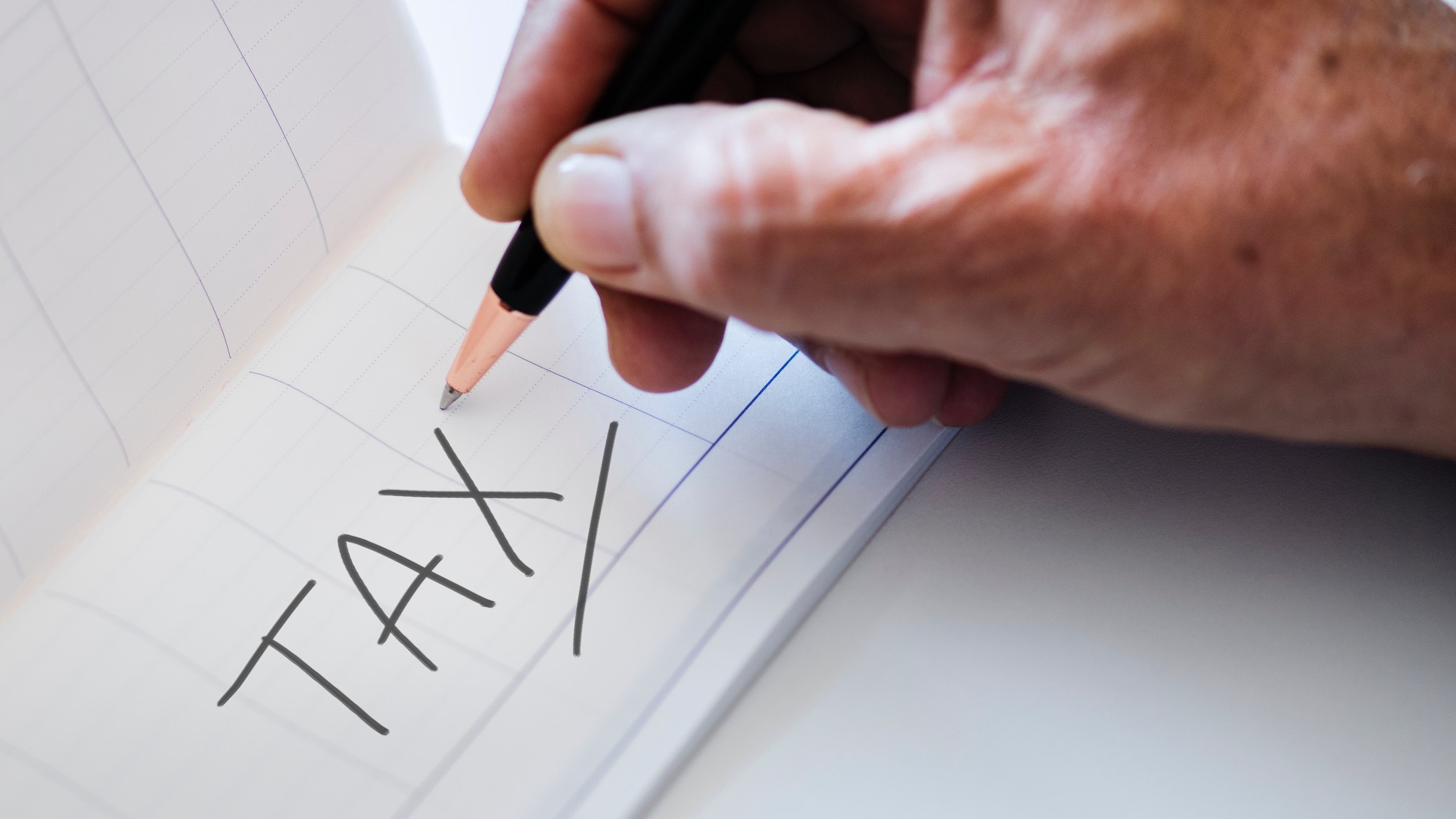The tax on dividends is paid at a set rate that is set by the HMRC. Every new tax year, as with other taxes, the rates change. The biggest change in the last couple of years is the tax-free dividend allowance being reduced from £5,000 to £2,000.

Dividends tax rates and allowances 2019/20
| Tax year 2019/20 | Tax year 2020/21 | Tax year 2021/22 | |
| Tax-free dividend allowance | Dividend income of up to £2000 is tax-free. | Dividend income of up to £2000 is tax-free. | Dividend income of up to £2000 is tax-free. |
| Dividend basic rate | 7.5% on £0 – £33,500 | 7.5% on £0 – £37,500 | 7.5% on £0 – £49,999 |
| Dividend high rate | 32.5% on £33,501- £150,000 | 32.5% on £37,501- £150,000 | 32.5% on £50,000- £99,999 |
| Dividend additional rate | 38.1% on £150,001 | 38.1% on £150,001 | 38.1% on £100,00 |
What are dividends and who can pay them?
The dividends tax rate will affect businesses that operate as a limited company. Other business owners that run their companies as sole traders, partnership or an LLP are not able to pay dividends as they do not issue shares, whereas, a limited company does. Being able to pay yourself through dividends is one of the biggest benefits of running a limited company compared to other business structures such as sole traders.
Tax efficient way of paying yourself
A company director can draw their income from their limited company in the form of dividends. This is usually accompanied by a tax-free personal income, which for the tax year 2021/22 is £12,570.
When you are deciding how to draw your income from your limited company, it’s advised that you seek the assistance of a limited company accountant. A good limited company accountant can help you figure out the best and the most tax-efficient way of getting paid as a limited company director.
More on the latest tax rates and allowances and a guide to dividends.


Follow Company Bug